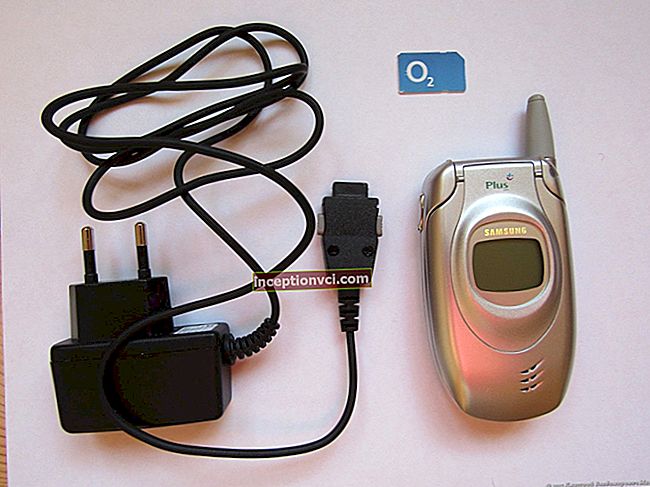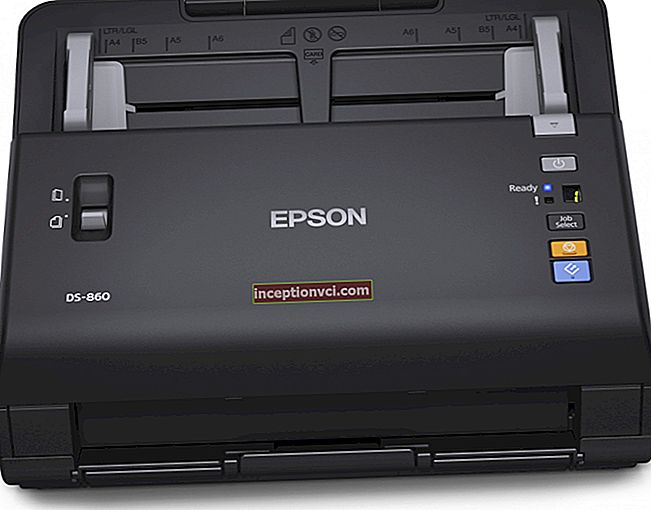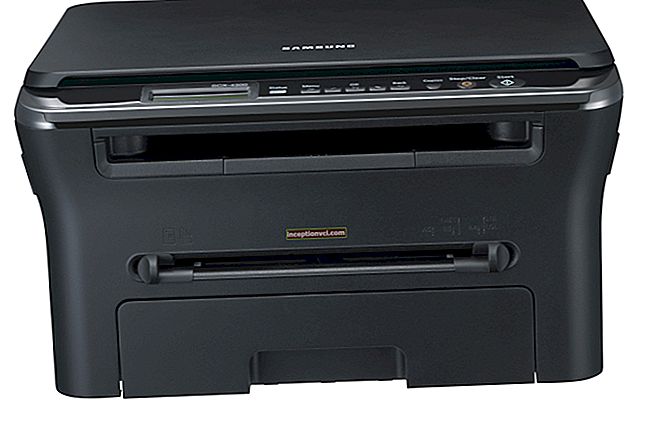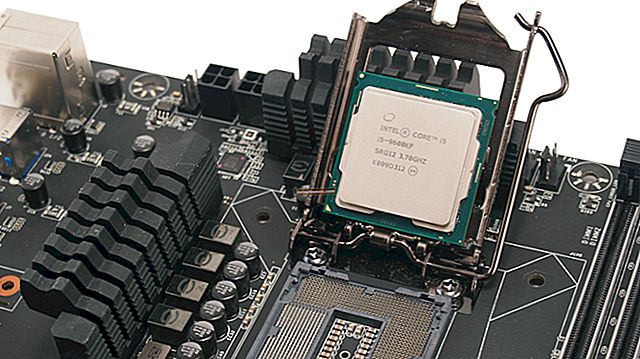MULTIPLIER COILS
MULTIPLICATOR COIL AS AN ALTERNATIVE TO INERTIA-FREE
The multiplier reel has not yet received such distribution in our country as the inertia reel. However, many anglers, having had plenty of tackle with a non-inertia reel, having learned its advantages and disadvantages, are already beginning to look closely and take an interest in multipliers. They are interested in whether there are advantages to baitcasting reels over inertia reels. I will try to answer this question by conducting a small comparative analysis of these two types of coils.
Usually anglers are not satisfied with the traction characteristics of inertia-free reels, as well as the fact that they twist the line. And although now special rollers are installed on non-inertia reels to prevent line twisting, they solve this problem by only 50%. The fact that the baitcasting reel does not twist the line at all during fishing is its main advantage over a reel without inertia.
The second equally important advantage is the power of the baitcasting reels. If we compare a non-inertia reel and a multiplier of the same class with the same gear ratio, then the multiplier reels a little less line per handle turn than a non-inertia reel, and allows you to develop more tractive effort.
Baitcasting reels are also more compact than inertia reels, their design does not have a line guide bow, just the part that most often fails in inertia reels. Many anglers are annoyed by the beats and backlash that arise during the operation of inertia-free reels; multipliers are doing much better with this issue: they can work for years or even decades without the occurrence of beats and changes in smoothness. The design of the baitcasting reels is more reliable and durable.
The rule of thumb for a non-inertia reel is that the thinner the line you use, the farther your bait will fly. With an increase in the diameter of the line, the flight range of the bait is significantly reduced. The baitcasting reel, on the other hand, allows you to use thicker and, accordingly, more durable line without reducing the casting distance. By using a harder line, you can avoid losing lures when catching.
As soon as you start rotating the handle of the inertia reel, its rotor starts to move, and the heavier it is, the greater its inertia. The greater the rotor inertia, the lower the sensitivity of the inertia-free coil. Manufacturers are aware of this and strive to reduce rotor weight in order to increase coil sensitivity. But the weight of the rotor cannot be reduced indefinitely, therefore inertia-free coils always have a certain sensitivity limit. The design of the baitcasting reels is such that when the handle is rotated, only the spool rotates, the weight of which is many times less than the weight of the inertia-free reel rotor. To be convinced of this, it is enough to twist the handle of any baitcasting reel. You will see that no inertia arises when it rotates. Therefore, multipliers are more sensitive than inertia-free coils.
So, to sum up: power, sensitivity, durability, reliability - in all these indicators, multipliers are superior to inertia-free coils. That is why professional anglers in the USA, Canada, Australia, Japan, who, as you know, are great experts in catching predatory fish, use reel-free reels only in 10% of fishing situations. As you can imagine, the remaining 90% of situations are multipliers.
But not everything is so simple. Difficulties begin when it comes to casting.If tackle with a non-inertia reel can be taught to anyone who wants to decently cast the bait for several hours, then with the multiplier, the situation is somewhat more complicated. You will have to practice here. Those anglers who want to switch from old inertial reels like "Nevskaya" to a multiplier will be in a better position, but today, I think, there are not many of them. Those who want to master casting with a multiplier reel after a non-inertia reel will have to retrain, but it seems to me, given all the above advantages, the game is worth the candle.
There is also the financial side of the issue. The quality of casting the bait with a baitcasting reel is directly related to the quality of its mechanism. High quality means minimum manufacturing tolerances, high-precision equipment and, accordingly, high prime cost and retail price. Therefore, if you need a multiplier for trolling, that is, you will not cast, then it is quite possible to save money and purchase an inexpensive reel. But if you are going to fish with the casting of the bait, then in this case, you should not save. The higher the quality, the easier and more distant the casting is.
Buying a high-quality baitcasting reel, you become the owner of an ultra-precise, reliable mechanism for many, many years.
TYPES OF MULTIPLICATOR COILS
Today firms specializing in the production of products for anglers produce a wide range of baitcasting reels - from miniature low-profile reels to huge Big Game class saltwater reels. All multipliers can be roughly divided into five classes:
LOW PROFILE BACASTING COILS
The best of them can easily cast lures weighing 5-7 grams. The recommended range of baits is from 4 to 28 grams. Fishing lines with a diameter of 0.22-0.32 mm are used. The minimum gaps between the sides of the spool and the windows of the body allow the use of braided lines. The weight of these coils is in the range of 200-250 grams.


Team Dafwa-Z 103P
Sports reel with right hand grip. Today - the absolute record holder among low-profile reels in casting distance and generated tractive effort. Lightweight magnesium alloy body. Magforce-V. Ultra-light Long Cast spool. 1 roller and 11 ball bearings. The quality of TD-Z meets the highest requirements of professional athletes (Exclusively prepared world professional members).

Team Datwa-X 103HL
A sports reel with a left-hand handle. Lightweight magnesium alloy body. Ultra-light Long Cast spool. Magforce-V Super Fast Axle Super Speed Shaft. The gears of the transmission mechanism are made of two types of bronze. Ergonomic body design (X-treme low profile design). 1 roller and 6 ball bearings.

Balzer Alegra Cast 6000
Lightweight aluminum alloy body. Magforce-V touch-sensitive magnetic brake. Super fast axis Super Speed Shaft. 1 roller and 5 ball bearings.

Daiwa Millionaire CV-Z 253LA
Classic left-hand baitcasting reel. The body and side panels are precision milled from a single piece. Magtorce-V. Super fast axis Super Speed Shaft. Ultra-light Long Cast spool. Multi-disc friction brake. 1 roller and 6 ball bearings.
CLASSIC BEITCASTING COILS
The weight range of the used baits is from 7 to 60 grams. Moreover, if the bait is not lighter than 25 grams, then long-distance casting is not a problem even for a beginner. The weight of these coils is in the range of 240-300 grams. Today, inertia-free coils of similar power weigh at least 500 grams. Reels of this class are ideal for catching large and strong fish in reservoirs and rivers with powerful currents.

Dalwa Millionaire CV-Z 203
Classic, right-handed baitcasting reel. The body and side panels are precision milled from a single piece. Magforce-V. Super fast axis Super Speed Shaft. Ultra-light Long Cast spool.Multi-disc friction brake. 1 roller and 6 ball bearings.

Quantum Hypercast 350 RHX
Reliable, relatively inexpensive, right-handed reel. Spool Long Cast. Super fast axis Super Speed Shaft. Instant backstop. The gears of the transmission mechanism are made of two types of bronze. 1 roller and 1 ball bearing. Ergonomic body design.
MARINE MULTIPLICATOR REELS

Surf casting surf casting. The weight of the baits used is from 40 to 200 grams. Due to the absence of a line guide, such a reel can cast the bait at a distance of over 200 meters. Back in 1989, a member of the British Daiwa team, Paul Kerry, used the Daiwa Millionaire Tournament 7 NT reel to achieve this range, weighing only 315 grams. These reels can also be used for fishing large fish such as catfish in fresh water.

Shimano Kobune 3000 marine multipliers for trolling or plumb-line fishing. Many reels of this class are equipped with an electronic meter of the released line. These coils weigh from 300 to 1000 grams. Big Game reels. These reels are designed for hunting sea giants such as tuna and sharks. These coils weigh from 1 to 6 kg.
BRAKE SYSTEMS AND TECHNICAL FEATURES OF MULTIPLICATOR COILS

The multiplier is an inertial reel, therefore, in the absence of casting skills, novice anglers may experience so-called dashes and, as a result, entanglement of the fishing line, or simply beard. The spool that rotates during casting spins faster than the line unwinds from it following the flying bait. To prevent this phenomenon, brake systems are provided in the multipliers. There are two types of braking systems: centrifugal and magnetic. The most advanced reels use braking systems that use both of these principles.

For example, the Daiwa elite class reels are equipped with the Magforce-V braking system, which uses two physical phenomena: centrifugal force and magnetic field action. The action of this system, which provides control over the rotation of the spool. The system is designed so that the spool rotates freely, but the faster it spins, the greater the braking force. The braking force is regulated by a multi-position switch on the side of the reel. Anglers who have not used a baitcasting reel before should set the braking system to maximum. Gradually, as you master the casting, the brake can be loosened until the bait's flight range is maximum.
Casting stages:
1st phase: the initial stage of casting. The brake clutch is not affected by centrifugal sip and there is almost no braking.
2nd phase: Maximum rotation of the bobbin. This is the most dangerous moment for the formation of a dash. The clutch moves under the action of centrifugal force in the area of the magnet. In this phase, the braking is maximum.
3rd phase: The bait is running out. The spool rotation speed drops and the clutch returns to its original position.
In baitcasting reels, the handle can be located on both the right and left sides, and unlike the inertia-free reel, its position does not change. For right-handed anglers who want to master the multiplier after fishing with a non-inertia reel, a left-handed reel is suitable. If you are still not used to turning the handle with your left hand, then the classic right-hand arrangement of the handle is for you.
The biggest scourge of multiplier reels is the vibration of the spool when casting. If the reel mechanism is made with large tolerances, then the vibration of the spool slows down the rotation and long casting does not work. That is why all my attempts to cast light baits with inexpensive multipliers have always ended in complete failure. The heavy baits flew far enough, but the light ones didn’t.To avoid such a phenomenon as spool vibration, the same Daiwa company uses a unique mechanical design Super Speed Shaft (ultra-fast axis), which completely eliminates vibration and provides maximum casting distance not only for compact and heavy lures, but also for light wobblers.
To achieve long casting distances, the most advanced reels use an ultra-light Long Cast spool with minimal spinning inertia. It is the presence of the most lightweight spool rotating on high-quality ball bearings, and a perfect braking system that allowed the company's reels
FINALLY
Fishermen are most often interested in the question of which reel to choose for a particular type of fishing.
In freshwater fishing, baitcasting reels of the first two classes are used. If you prefer lightweight rods up to 30g casting and fishing with wobblers, spinners or lightweight jig lures, then a low profile multiplier is what you need.
If your goal is to fish with heavy jig lures weighing up to 60 grams or you need a trolling reel, then a classic multiplier is preferable in this case. These are very reliable coils.
The case of the best models is made from a single piece of aluminum alloy by ultra-precise milling.









